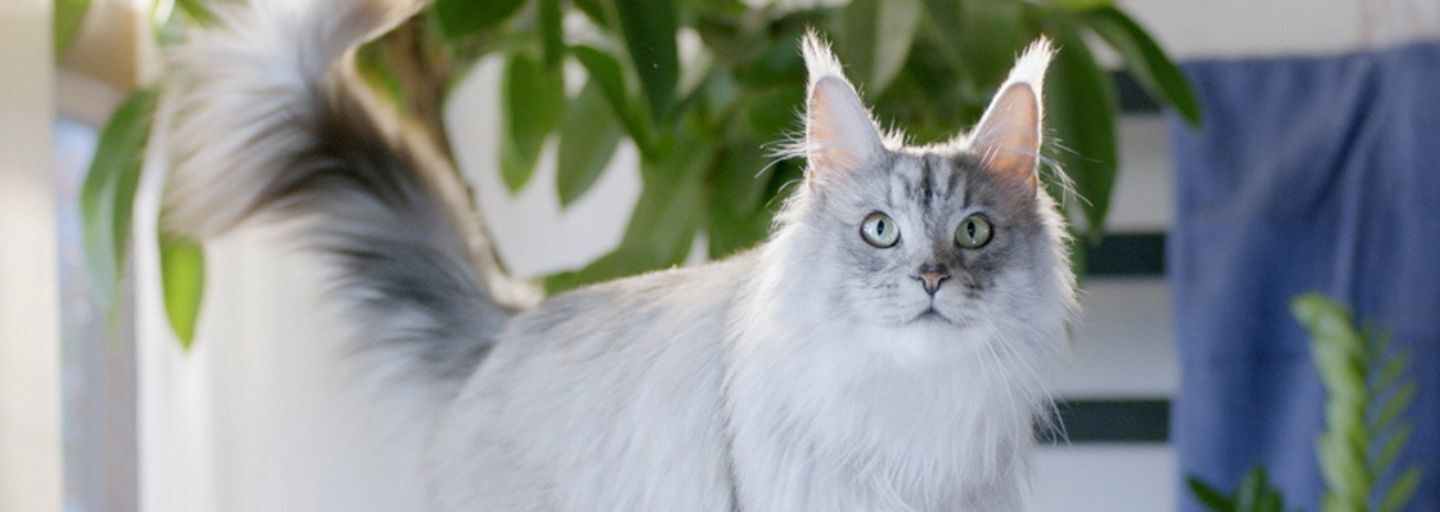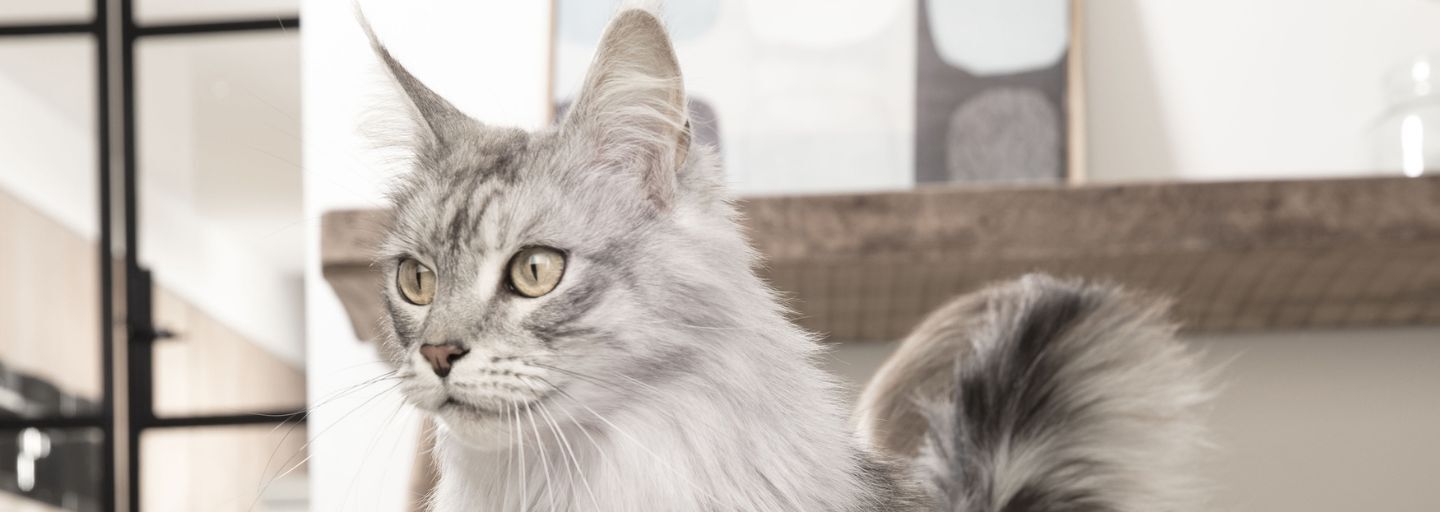Congratulations! It’s time to bring a new cat or kitten into your home to stay! While it’s definitely an occasion to celebrate, remember that your cat will need your help and support to adapt and adjust to their new environment – especially if you have other pets or family members.
This guide will walk you through the steps you’ll need to take to introduce your cat to your home, your family, and your existing pets. Remember, it takes time and patience to get your cat used to its new home – don’t give up, and keep trying to help your cat feel comfortable!
Where Did Your Cat Come From?
If your cat has come from a dedicated cat breeder, your job will be a little easier. The breeder will know all about your cat’s history and will likely have been taking steps to get your cat used to humans and other animals. If your cat’s history is more of a mystery, then you’ll need to play it safe. Make sure to go slowly and cautiously through the adjustment period, exposing your cat to one new thing at a time so it doesn’t get overwhelmed.
How Do I Introduce my New Cat or Kitten to Other Pets?
There are four main things to keep in mind when introducing your new addition to the pets already in your home.
Tip 1: Take It Slow
You can’t force a brand new friendship, so be prepared to take it slow. Do not force existing pets and the new cat or kitten to interact. Let them go at their own pace, and in their own style.
Tip 2: Have a Safe Zone
Your new cat or kitten will need a space all of its own. Make sure they are settled and happy in their own space before you try to introduce them to the other members of the family. A great way to prepare them for other pets is to place the bedding and toys of those pets within their area. And don’t forget to do the reverse for your existing pets!
Tip 3: Avoid Territorial Disputes
Cats are extremely territorial, and they don’t like to share. To avoid creating enemies, you’ll need to make sure there are enough food bowls, water bowls, and litter boxes for all your pets. You’ll need at least one per pet, and it’s best to have an extra. Cats’ survival instincts mean they only like to eat when they can clearly see everything going on around them, so place food and water in the middle of the room instead of the corners. If you still sense territorial enmity, feed your pets in different rooms or distract them with toys.
Tip 4: Take it Slow
Did we mention you’ll need to take it slow? It can take up to several weeks before new and old pets are completely comfortable around each other. Make sure all pets get the affection they need during this time to avoid competition.
How Do I Introduce a New Cat or Kitten to Another Cat?
A cat’s natural instincts can cause it to behave in unexpected ways. It’s impossible to predict how one cat will react to another until they’ve met. Here are our three top tips to help.
Tip 1: Keep Them Separate To Begin With
When your new cat or kitten arrives, you’ll need to keep them away from your existing cat until they’re completely comfortable with the new surroundings.
Tip 2: Make a Controlled Introduction
Cats aren’t the type to hug in the first meeting! When you first introduce your cats, you’ll need to make the contact as minor as possible. Don’t just put your cats in the same room. Instead, leave the door between them open just a crack, or use a baby gate to divide them. Let each one see and smell the other, but don’t let them touch.
Tip 3: Play It Safe
Your cats will take a while to get used to each other. If you notice that they seem to be getting along, gradually increase the time they spend together, little by little. Don’t leave them alone together until you’re completely sure it’s safe!
How Do I Introduce My New Cat or Kitten To a Dog?
If you already have a well-established dog in the home, introducing your cat to the mix is going to make it just a little bit more complicated. Here are three rules to follow:
Tip 1: Leave Room for Retreat
The first time your new cat and dog meet, it may scare your cat silly! Give your cat room to run away and a safe space to retreat to in case your cat starts to panic.
Tip 2: Use a Lead
Keep your dog on a lead to avoid unpredictable behavior and make sure you stay in control. Dogs love to chase – unfortunately, this instinct can lead to a disastrous first meeting.
Tip 3: Don’t Leave Them Alone
Just like introducing two cats to each other, it’s best not to leave your new cat and your dog alone together until you are more than certain that they will get along. It’s important to consider that some dogs and cats will not get along naturally and can never be left together without your supervision.
How Do I Introduce My New Cat or Kitten To Other People?
Just like meeting other pets, cats need to meet the other members of your family on their own terms. You’ll need to be sensitive and patient when introducing your new cat or kitten to other people. Take the relationship one step at a time, and most importantly, if your cat struggles, tries to get away, or seems upset, stop. You can give the introduction another chance later. There are, however, things you can do to improve the relationship between your new pet and other household members.
Tip 1: Start with Scent
Give your new cat an object that smells like the person you are planning to introduce them to. This may help to keep them calm when they meet face to face.
Tip 2: Take the Right Tone
Tone of speech has an influence on how comfortable your cat will be with new people. Encourage the person you are introducing to talk in a higher pitch and gentler in sound, much like you will talk to a baby.
Tip 3: Proceed with Play
Play is a great way to build your cat’s relationship with new people. Equip your family member with your cat’s favorite toy, and wait until your cat is in a more social mood.
Tip 4: Build the Relationship
Once your cat is acquainted with a new person and seems comfortable in their presence, then it’s time to progress the relationship. Patting, hugging, and rubbing can be a great way to increase your cat’s positivity towards another person. Grooming is also an important way to strengthen the growing bond – and it will help improve your cat’s well-being and health.





